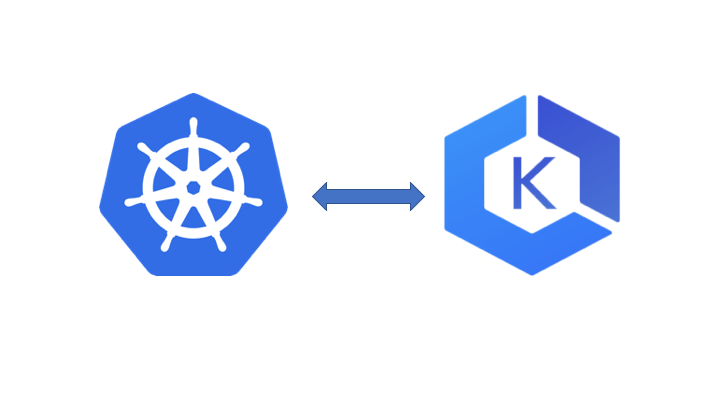What did your developer violate today?
With more and more applications using public cloud (AWS/Azure/GCP) and the ever changing number of features services that are available on these hyperscalers, how do you maintain a stable process of deploying and managing resources and applications in the public cloud? We know that most enterprise companies have a shift in organizational boundaries to start and “Grapple” with this shift. That shift is a segmenting of their IT organization into two distinct parts Traditional IT - tasked with managing “on-prem” data centers and usually requires the individual in this organization to have a balance between HW and SW knowledge and skills.
Continue Reading




